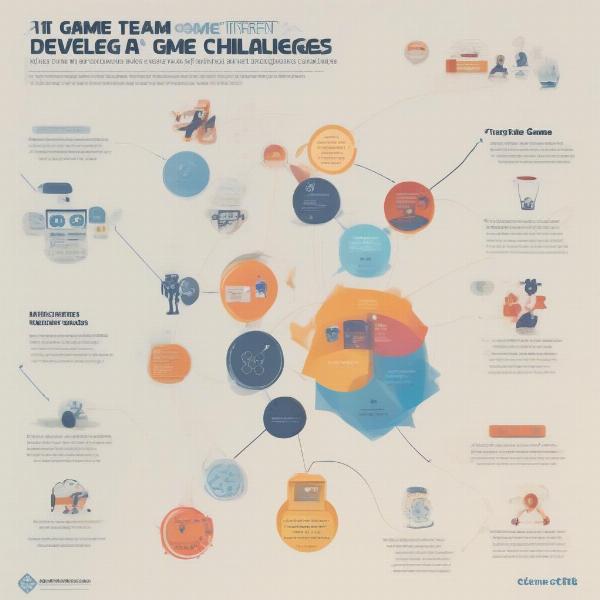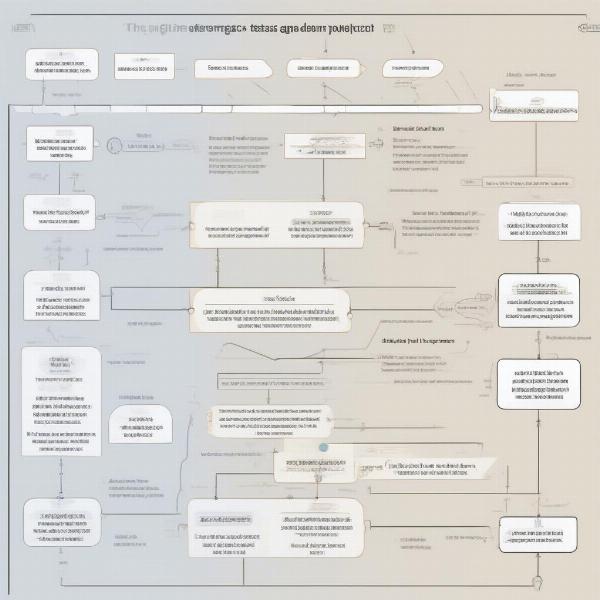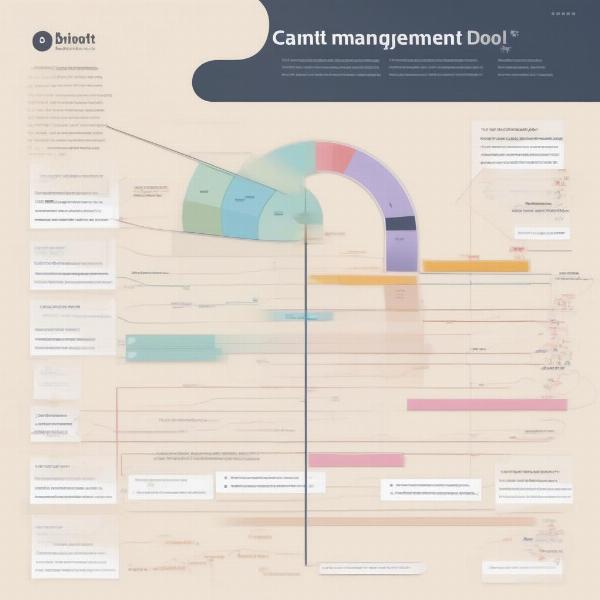Creating a computer game, whether it’s a simple mobile game or a sprawling AAA title, is a complex process. So, just How Long Does It Take To Make A Computer Game? The answer, unfortunately, isn’t a simple one. It can vary wildly, from a few weeks for a small indie project to several years for a large-scale production. Several factors influence the development timeline, including game scope, team size, budget, and unforeseen challenges.
Factors Affecting Game Development Time
The development timeline for a computer game is influenced by a multitude of interconnected factors. Understanding these elements is crucial for accurately estimating the time required to bring a game to life.
Game Scope and Complexity
Perhaps the most significant factor is the game’s scope. A simple 2D platformer with limited levels and mechanics will naturally take less time to develop than a vast open-world RPG with intricate storylines, complex AI, and detailed graphics. Consider the sheer volume of assets required for a large-scale game – character models, environments, sound effects, music – all of which contribute to the development time.
Team Size and Experience
The size and experience of the development team play a crucial role. A larger team, with specialized roles like programmers, artists, designers, and writers, can potentially work faster than a smaller team wearing multiple hats. However, larger teams also require more management and coordination, which can sometimes slow things down. The team’s experience also matters. A seasoned team with a proven track record can navigate challenges more efficiently than a less experienced team.
Budget and Resources
Budget limitations can significantly impact development time. A well-funded project can afford to hire more staff, invest in better tools and technology, and dedicate more time to polishing the game. Conversely, a smaller budget may necessitate compromises, such as reducing the game’s scope, using simpler graphics, or relying on a smaller team.
Unforeseen Challenges and Iterations
Game development is an iterative process, and rarely does everything go according to plan. Unexpected bugs, design changes, and technical hurdles can all add to the development time. A flexible approach and the ability to adapt to challenges are essential for any game development project.
 Factors Influencing Game Development Time
Factors Influencing Game Development Time
Development Stages and Their Timeframes
Game development typically progresses through several key stages, each with its own estimated timeframe. These stages can overlap and their durations can vary based on the project’s complexity.
Pre-Production: Conceptualization and Planning (2-6 months)
This initial phase involves defining the game’s core concept, target audience, gameplay mechanics, and overall vision. It includes creating design documents, prototyping core features, and establishing a project roadmap.
Production: Asset Creation and Implementation (6-24+ months)
This is the most time-consuming stage, involving the creation of all game assets, including character models, environments, animations, sound effects, and music. Programmers implement the game mechanics, AI, and other systems. Regular testing and iteration are crucial throughout this phase.
Testing and Quality Assurance (2-6 months)
Rigorous testing is essential to identify and fix bugs, ensure gameplay balance, and polish the game before release. This phase involves internal testing, alpha testing with a small group of players, and beta testing with a wider audience.
 Game Development Stages and Their Timeframes
Game Development Stages and Their Timeframes
Post-Production: Release and Support (Ongoing)
After the game is released, ongoing support, including bug fixes, patches, and content updates, is often required. This phase can last for months or even years, depending on the game’s success and community engagement.
Examples of Game Development Timelines
To further illustrate the variability in development time, let’s look at some examples:
- Indie Games: Simple mobile games or small indie projects can be developed in a few months to a year.
- Mid-Sized Games: Games with more complex mechanics and larger scopes might take 2-3 years.
- AAA Games: Large-scale AAA games with vast open worlds and cutting-edge graphics often require 3-5 years or even longer.
How to Estimate Game Development Time
Accurately estimating game development time is a critical aspect of project planning. Here are some tips:
- Clearly define the game’s scope: A detailed game design document is essential for outlining all features and content.
- Break down the project into smaller tasks: This allows for more accurate time estimations for each task.
- Consider team size and experience: A larger, experienced team can potentially work faster.
- Account for unforeseen challenges: It’s wise to add a buffer to the estimated timeframe to account for unexpected delays.
 Estimating Game Development Time
Estimating Game Development Time
FAQs: Frequently Asked Questions about Game Development Time
- Q: Can a single person make a computer game? A: Yes, many successful indie games have been created by solo developers. However, it typically takes longer to develop a game alone.
- Q: What software is used to make computer games? A: Several game engines, such as Unity and Unreal Engine, are popular choices for game development.
- Q: How much does it cost to make a computer game? A: The cost varies drastically depending on the game’s scope, team size, and other factors. It can range from a few thousand dollars for a small indie game to hundreds of millions for a AAA title.
Conclusion: Planning for Success in Game Development
Understanding the factors influencing game development time is crucial for successful project planning. While there’s no magic number, careful consideration of game scope, team size, budget, and potential challenges can lead to more realistic timelines. Remember, game development is an iterative process, and flexibility is key to navigating the inevitable bumps along the way. So, when asking “how long does it take to make a computer game?” remember it depends on your vision and the resources you have available. With careful planning and execution, you can bring your game idea to life, no matter how big or small.

